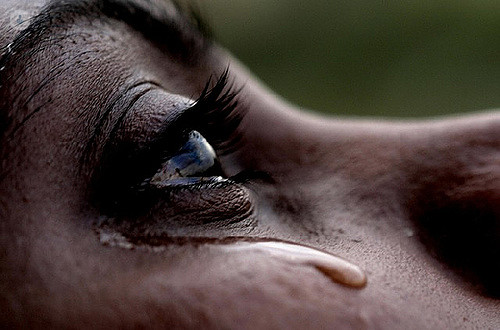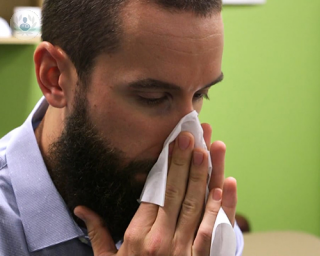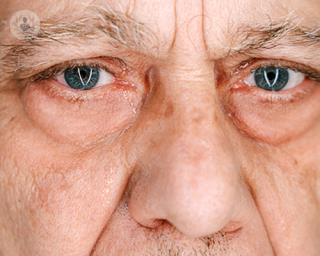Dacryocystorhinostomy
Mr Richard Scawn - Ophthalmology
Created on: 03-13-2013
Updated on: 09-11-2023
Edited by: Conor Dunworth

What is dacryocystorhinostomy?
Dacryocystorhinostomy (DCR) is a surgical procedure that aims to restore the drainage of tears from the eye when the tear ducts are blocked.
Tears are produced to keep the eyes clean and moist. More tears are produced in response to cold, wind, smoke, injuries to the eye, or something in the eye (e.g. grit, an eyelash, etc.). Normally, tears drain from the eye into the lacrimal sac on the side of the nose, from which tear ducts carry them to the back of the nose and throat.
If a tear duct becomes blocked, tears cannot drain properly, leading to watery eyes, which are more prone to infections.
Dacryocystorhinostomy consists of creating a new drainage duct to bypass the blockage, thereby allowing the tears to drain normally again.
It is an intervention performed on an outpatient basis, with local anaesthesia and sedation.
What does it consist of?
There are two types of dacryocystorhinostomy:
- External DCR – with a success rate of over 90%, this is the most common operation for blocked tear ducts. The surgeon makes a small incision on the side of the nose. Part of the bone must be removed between the tear sac and the nose to create a new channel through which tears can drain. This new passage is kept open with flexible tubes, which are usually removed after 6-8 weeks. The stitches on the side of the nose will be removed after approximately one week.
- Endoscopic DCR – an endoscope (a thin, flexible tube with a camera) is inserted into the nose to allow the surgeon to find the blockage and open it up surgically via the endoscope. Again, the duct is kept open with a flexible tube, which again is removed about 6–8 weeks later. Endoscopic DCR doesn’t leave a scar on the side of the nose, but it has a lower success rate (70%) than the external option.
Preparation for Dacryocystorhinostomy
In the consultation with the surgeon, the tear ducts will be assessed by administering a saline solution via a syringe to locate the blockage, find out how big it is, and help the patient and surgeon to decide if a dacryocystorhinostomy is necessary.
Prior to the dacryocystorhinostomy, the following should be done, the surgeon will perform a pre-operative examination to check the patient’s general health. If the patient is taking medication, they should follow their surgeon’s instructions as to what (if anything) they should take prior to surgery.
Care after the intervention
Eye drops or ointment are usually prescribed for two weeks to prevent infection. Antibiotic tablets or nasal steroid sprays may also be prescribed, depending on the case.
If stitches were needed, they will be removed 7-10 days after surgery. A second clinic appointment at 6-8 weeks after surgery serves to remove the tubes left in the ducts. A final check-up is made six months after the procedure.






